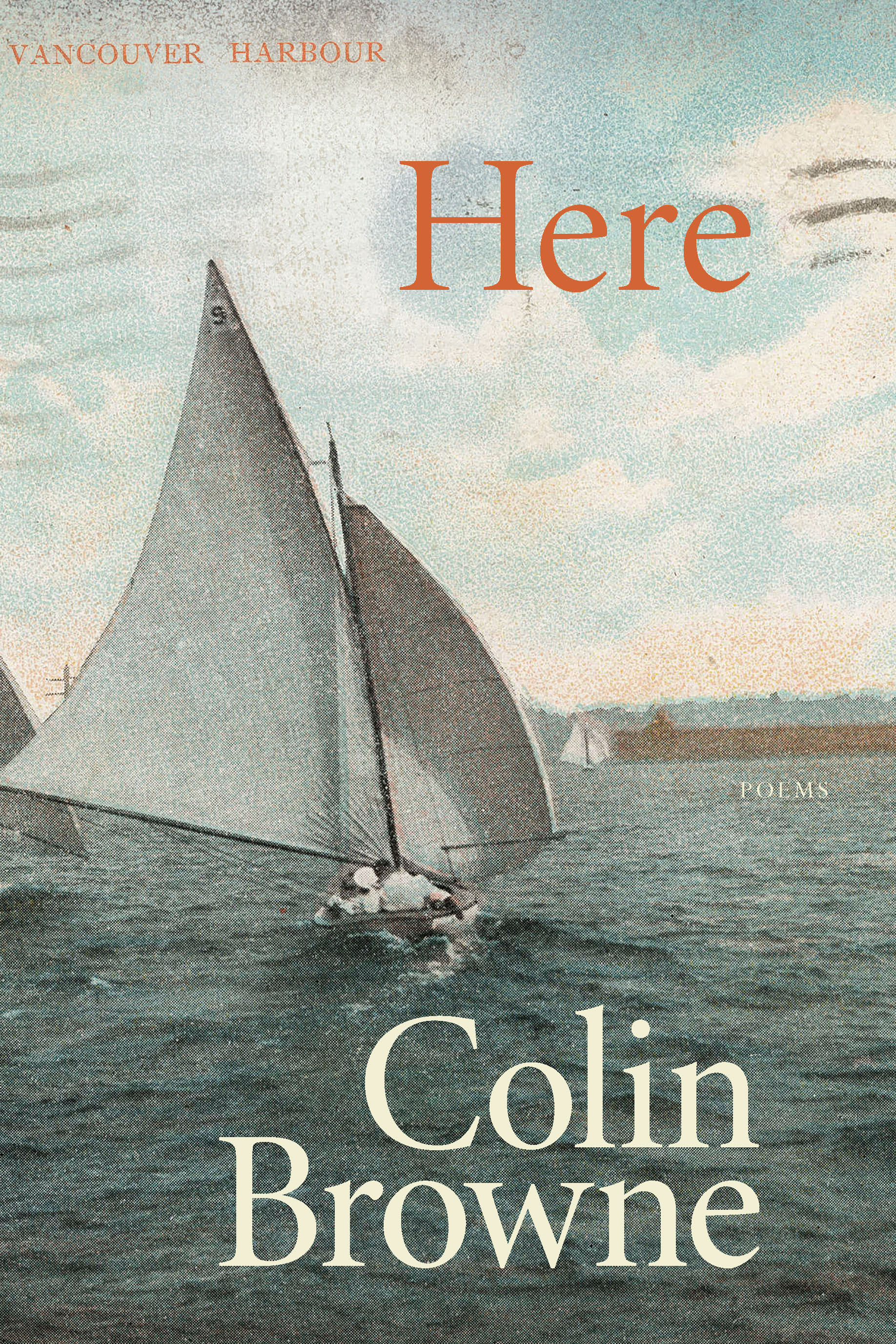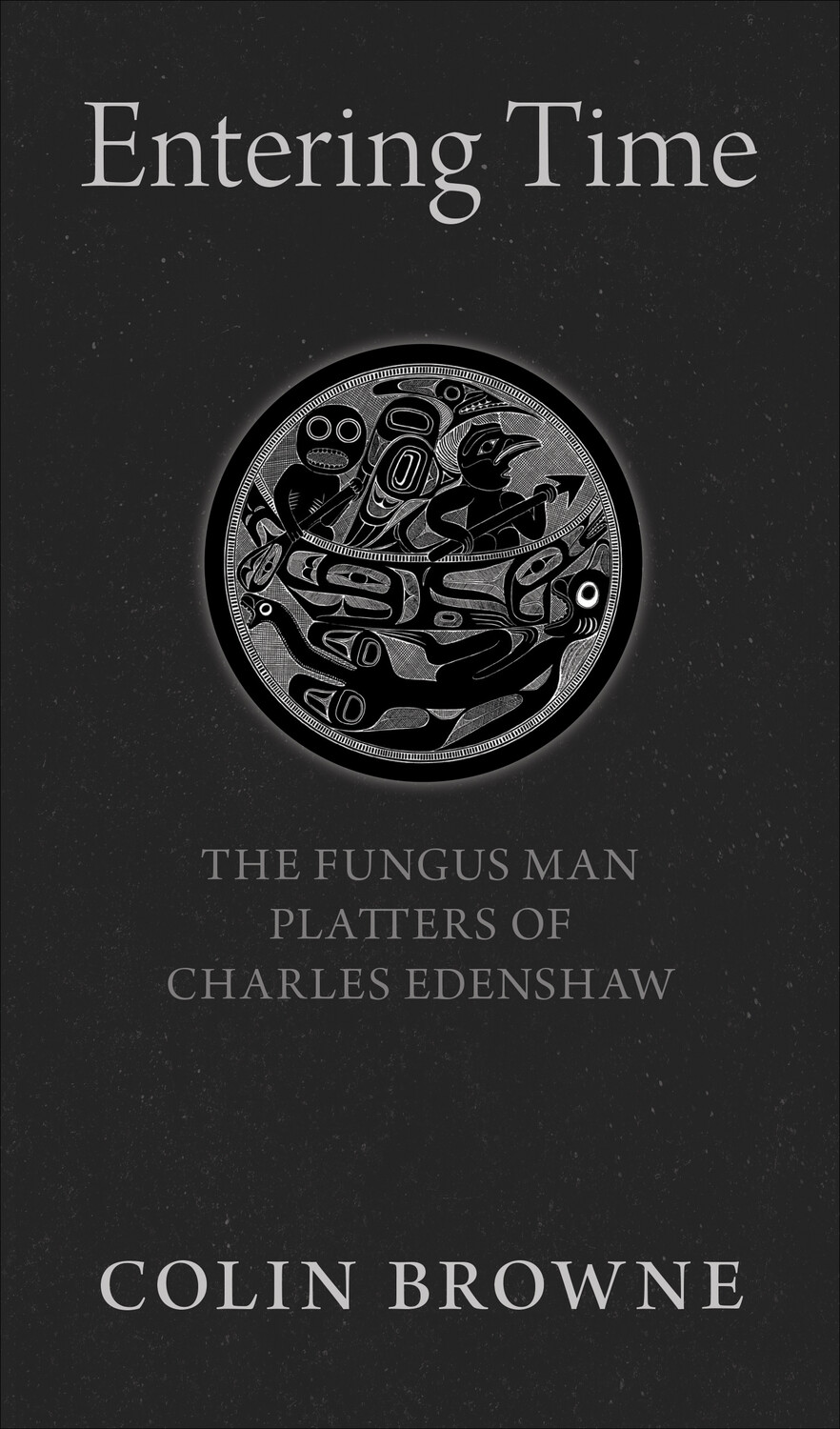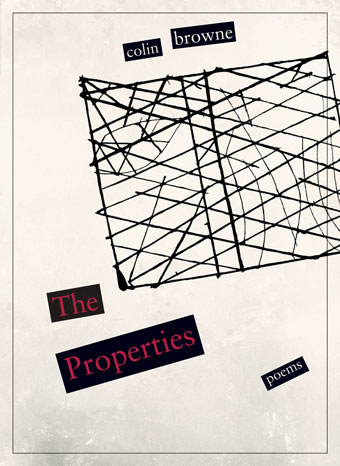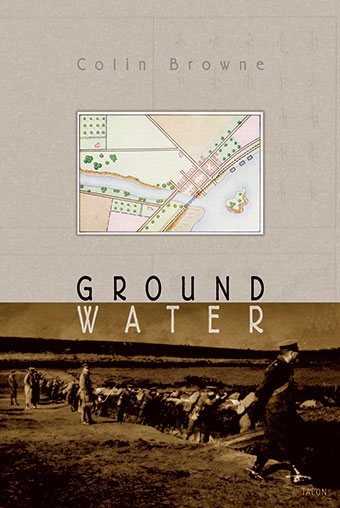Paperback / softback
ISBN:
9780889229389
Pages: 176
Pub. Date:
April 15 2015
Dimensions: 9" x 6" x 0.5"
Rights: Available: WORLD
Categories
Poetry / POE011000
- POETRY / Canadian
Shop local bookstores
Colin Browne’s new collection, The Hatch, extends his formal engagement with the margins of the new documentary. Myth, history, and the present are contemporaneous in these poems; nothing is ever one thing, and nothing is itself for very long.
Figuratively speaking each poem is caught in mid-air, as if delivered in the flash reflected off a twisting sheet of metal. There is a new music in these pages, improvisations on the demotic, the lyrical, and the scientific in what amounts to a season of journal entries and field notes. Included are observations of Anna Akhmatova, André Breton, Benjamin Britten, Emily Carr, Blaise Cendrars, Aimé Césaire, Marcel Duchamp, Sorley MacLean, Charles Olson, and others. Certain texts are rooted in the tradition of the garden as observatory. An 1808 sea-otter expedition from New Arkhangel (Sitka) to California founders on the coast of early 21st century conspiracy theories.
Browne’s poems have regularly addressed landscape and the intersections of personal and public history; in The Hatch there is a rhythmic and political urgency in which the exchange of forms is lightning quick. This is a book of transformations.
“It is time that the film-maker/poet Colin Browne from BC got celebrated for the work he has done through four books now, all published by Talonbooks: Ground Water (2002), The Shovel (2007), The Properties (2012), and this latest one, The Hatch. … Browne’s eclectic and wide-ranging ear invites company, conversations … exhilarating. … This poet can apparently do anything … The diversity and dexterity are dazzling, the images stick, the phrasing causes slaps or shivers. … If you haven’t read Colin Browne, I urge you to.”
– The Bull Calf
"a composition “utilizing history, personal information, mythology, narrative fragments and collage, and a respect for and repeated homages towards forebears, whether personal or literary, as well as a deep awareness of their natural environment … there is as much heart as documentary here.”
– rob mclennan’s blog











